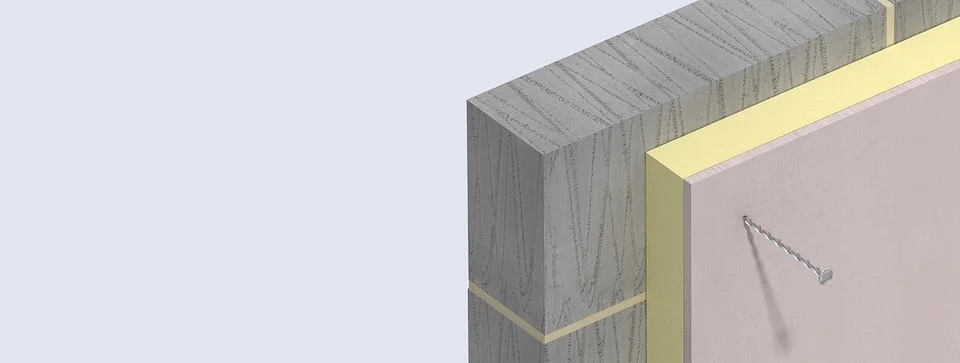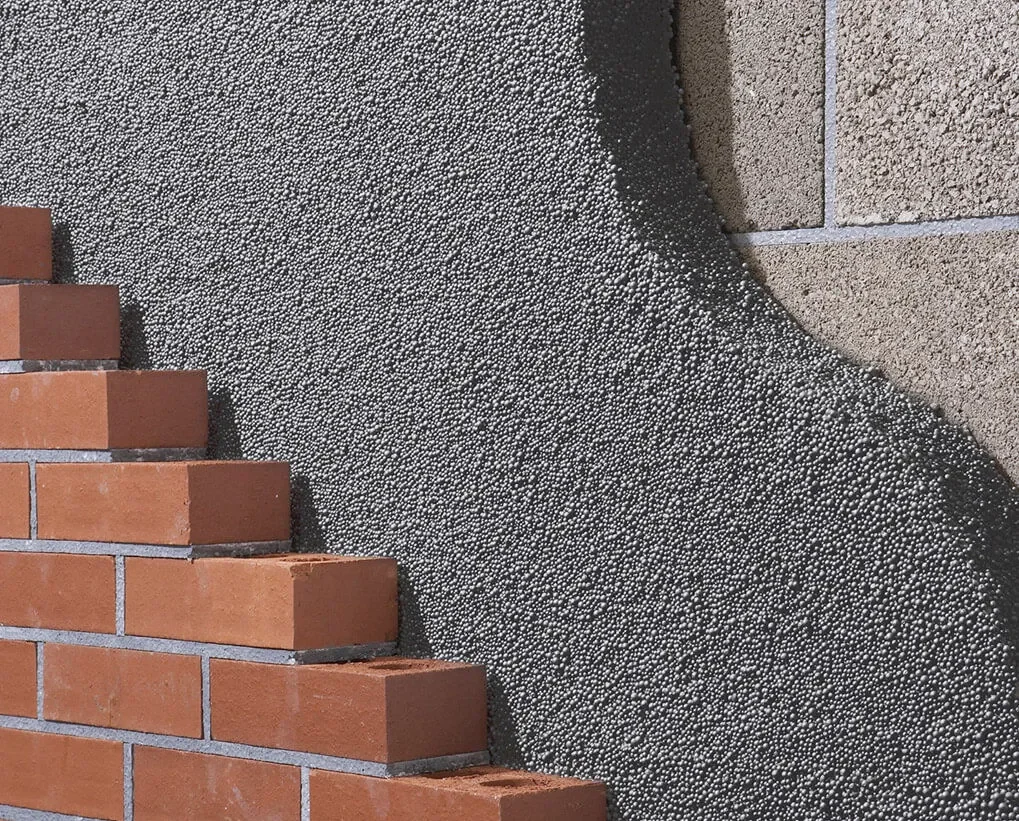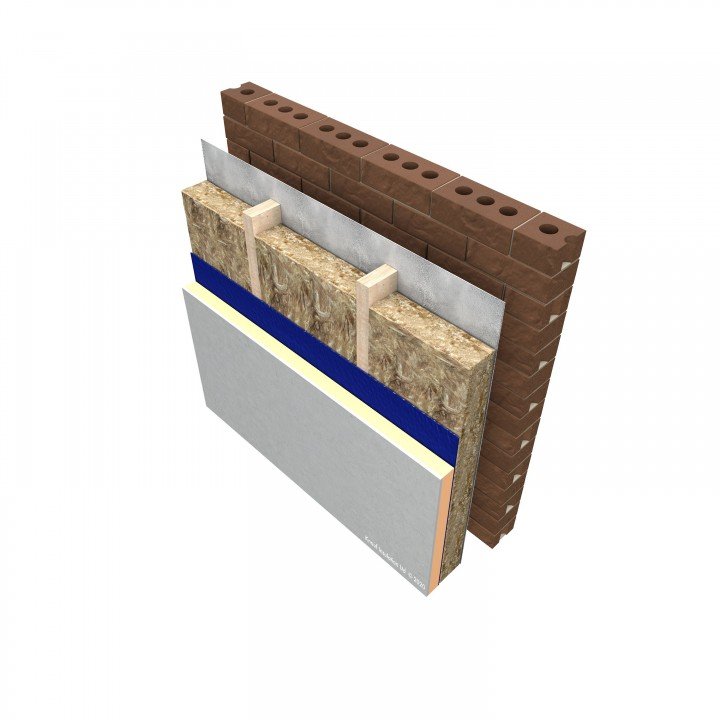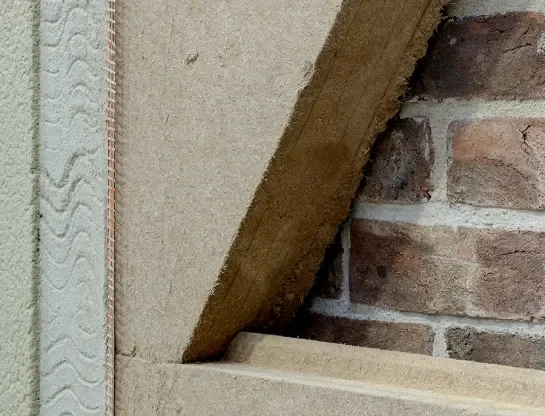Most Common Types of Internal Wall Insulation: Which is Right for Your Home?
Around 35% of a home’s heat is lost through uninsulated walls, making wall insulation one of the most effective ways to cut energy bills and carbon emissions. Internal wall insulation (IWI) is particularly useful when external wall insulation isn’t an option, such as in built-up areas, conservation zones, or when homeowners prefer not to alter the external appearance of their property.
But not all IWI systems are the same. Each has its advantages, limitations, and best-fit property type. Choosing the right system can make the difference between a home that stays warm and healthy for decades, and one that faces moisture or comfort issues later on.
Here’s an overview of the main options.
1. Insulation-Backed Plasterboard
This is one of the simplest methods, where insulation-backed plasterboard is fixed directly to the wall with adhesive “dabs.”
Pros:
Low cost and readily available.
Quick to install.
Drawbacks:
Thermal bridging around adhesive points.
Moisture risks if the wall isn’t properly prepared.
Shorter lifespan compared to other methods.
Installs have very poor airtightness
Best for: Homeowners looking for a budget-friendly solution in modern properties with low moisture risk.
2. Cavity Wall Insulation
In homes built with a cavity between wall layers, the gap can be filled with insulation, there are several product available for this we'd recommend using EPS bonded beads.
Pros:
Effective at reducing heat loss.
Minimal disruption during installation.
Drawbacks:
Only suitable for homes with cavities (generally post-1930).
Damp risk if walls are in poor repair.
Best for: Cavity wall homes where a straightforward insulation upgrade is needed.
3. Glasswool Between Battens with Plasterboard Finish
This approach fixes battens to the wall, fills the voids with glasswool, and finishes with plasterboard.
Pros:
Quick to install
Relatively cost-effective.
Drawbacks:
Labour intensive and reduces room size.
Glasswool is not hygroscopic, so it does not buffer moisture. If vapour control is poorly designed, interstitial condensation can occur.
Can sag over time, reducing thermal performance.
Best for: Later 20th-century homes where breathability is less critical.
4. Wood Fibre and Lime Insulation
This bio-based method uses breathable wood fibre boards finished with lime plaster.
Pros:
Vapour-permeable, reducing moisture risks.
Sustainable, with low embodied carbon.
Regulates humidity for healthier indoor environments.
Drawbacks:
Higher upfront cost.
Specialist installation required.
Best for: Older solid-wall homes where breathability and moisture control are essential.
Choosing the Right Option
Wall insulation is one of the most impactful steps you can take to reduce energy loss, but the right solution depends on the construction of your home. While cheaper options work well for modern houses, heritage or solid-walled properties need vapour-permeable solutions like wood fibre and lime to protect both the building fabric and the people living inside.




